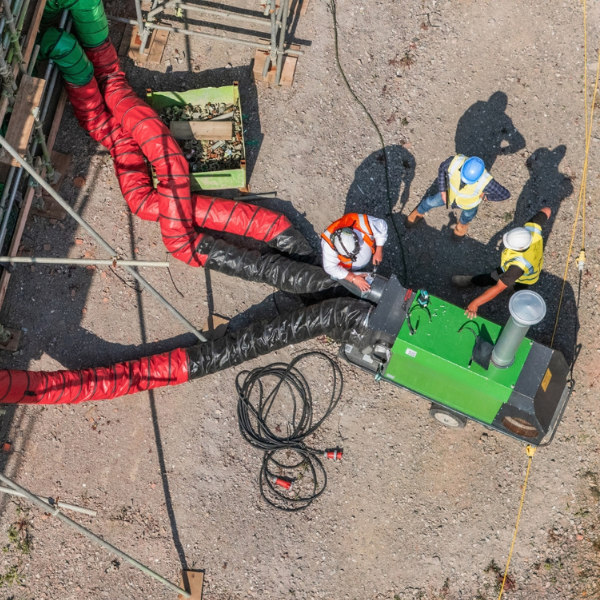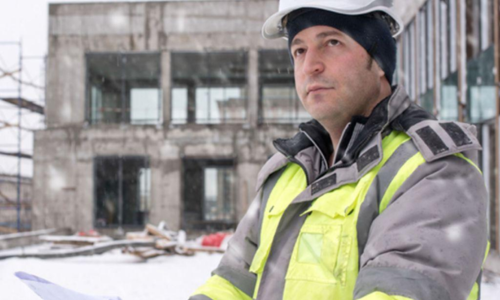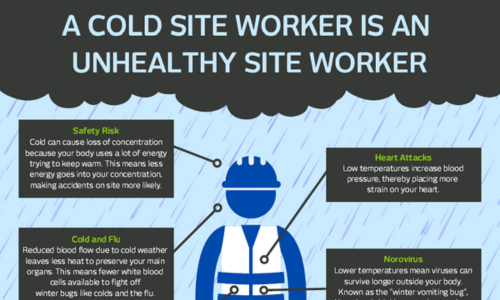![2[2]-1](https://24992092.fs1.hubspotusercontent-eu1.net/hub/24992092/hubfs/2%5B2%5D-1.png?width=1200&length=1200&name=2%5B2%5D-1.png)
![1[1]-Aug-30-2024-09-37-29-1660-AM](https://24992092.fs1.hubspotusercontent-eu1.net/hub/24992092/hubfs/1%5B1%5D-Aug-30-2024-09-37-29-1660-AM.png?width=1200&length=1200&name=1%5B1%5D-Aug-30-2024-09-37-29-1660-AM.png)
.png?width=1200&length=1200&name=Early%20Bird%20Heating%20Rates%20(1).png)
![3[1]-2](https://24992092.fs1.hubspotusercontent-eu1.net/hub/24992092/hubfs/3%5B1%5D-2.png?width=1200&length=1200&name=3%5B1%5D-2.png)
Indirect oil-fired heaters, electric heaters, dehumidifiers, remote thermostats and HVO fuel are some of the solutions on offer!
Why should you book your site heaters today?
- Save money: Secure our best rates! Enquire today to discover the how much you could save.
- Free site survey: If you're unsure what heater you need, one of our experts can perform a free survey. They will visit your site and consider the layout, budget, and operating plans before recommending an efficient solution.
- Avoid project delays: An effective drying-out programme will ensure works progress on time, keeping your project on track.
- Better for the environment: Drying-out or warming a project before the weather turns will be a quicker process and burn far less fuel. Plus, our indirect oil-fired heaters can be run on environmentally sustainable HVO fuel.
- Protect the health of site workers: Pre-booking your heaters now for those bitterly cold days on site will ensure a warm and safe welfare room for workers.
Enquire before 30th September 2025 to secure our best hire rates!
Enquire now to secure our early bird rate
The 'Effective Drying Triangle' is a proven methodology devised by the RVT Group.
Challenge
In the winter months, sites can quickly become waterlogged and works can succumb to the cold damp air, which in turn causes project delays. The obvious solution is to hire a heater to raise the ambient temperature and to dry your project or materials, however you must be careful not to dry works too quickly or unevenly, as this could cause affect the integrity and quality of activities carried out.
Risk
Without heating or drying-out equipment on site, you not only risk failing to meet project deadlines, but you also risk the health and well being of your staff. Cold and damp conditions can leave workers more susceptible to cold and flu, a sore throat, norovirus and asthma.
Solution
RVT believe that effective climate control can be managed in three easy steps; warmth, air movement and dehumidification.
Step 1: Warmth
Heat raises the room temperature and so lowers the relative humidity of the air. This allows the air to absorb more water from surrounding surfaces.
Step 2: Air Movement
Air movement across a substrate draws the water to the surface, where it evaporates.
Step 3: Dehumidification
Dehumidification extracts water from the air, to be transferred from the work area.


![2[1] 2[1]](https://content.rvtgroup.co.uk/hubfs/2%5B1%5D.png)
![1[1] 1[1]](https://content.rvtgroup.co.uk/hubfs/1%5B1%5D.png)
.png)



